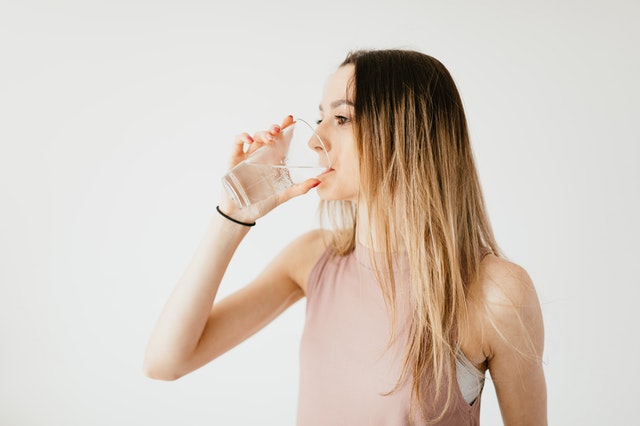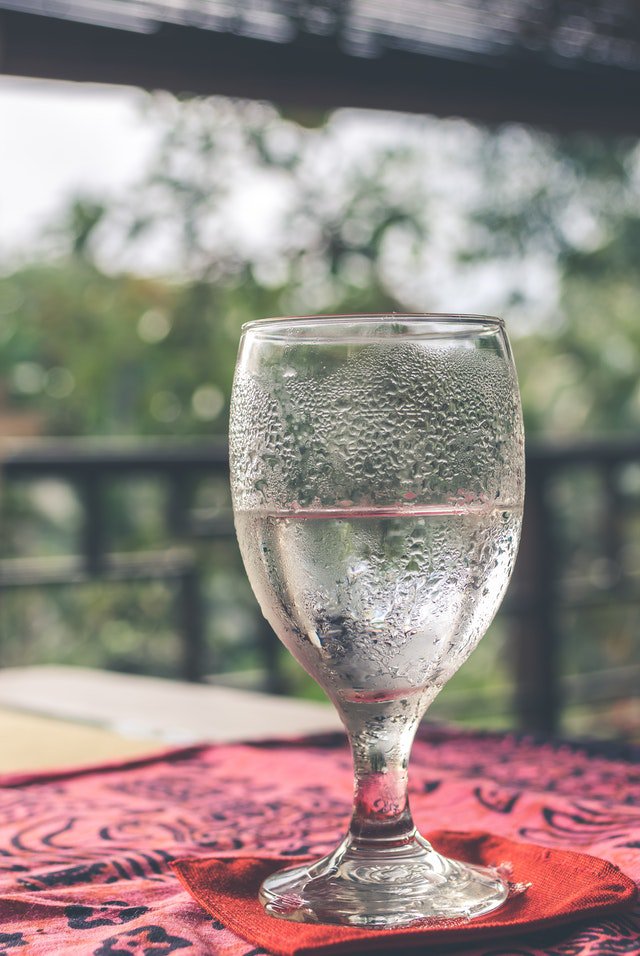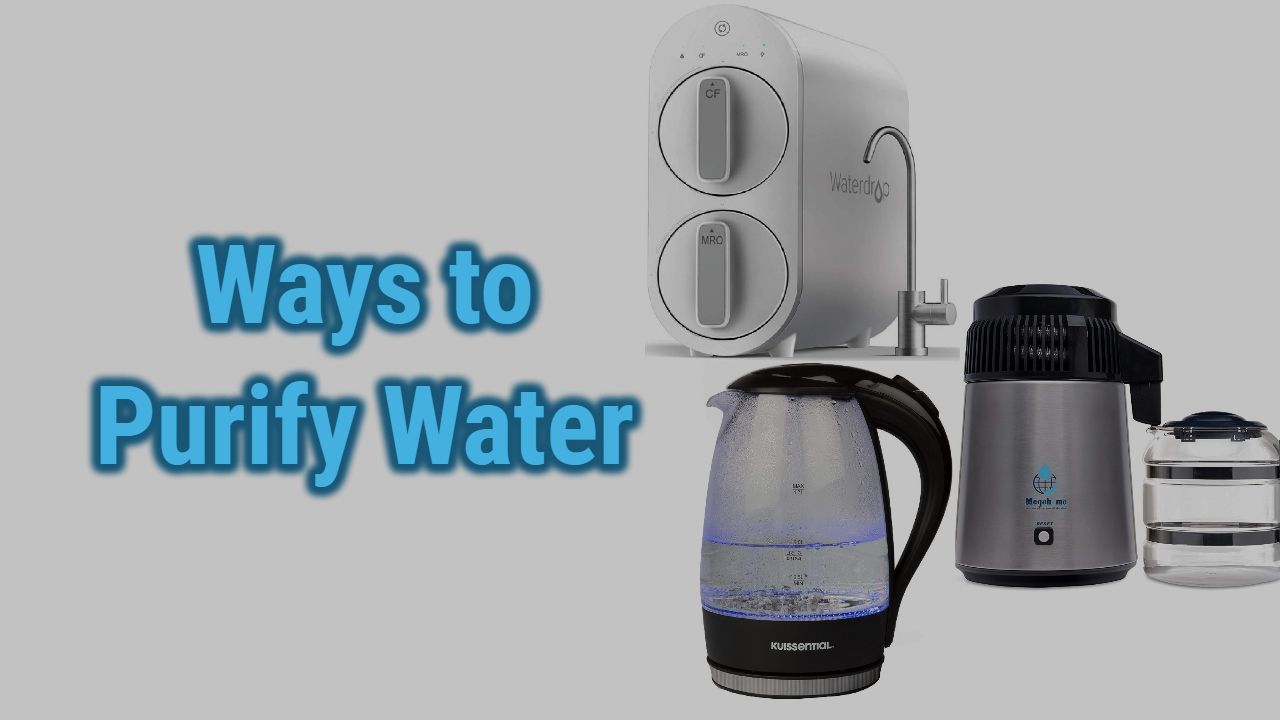Today, purifying your water is the single most important thing in life. Water is crucially very important in everyone’s life. With clean and healthy water, we can keep our bodies fit and fine. If you observe, in every household, water is purified in different forms and in different methods, giving different water results.
Water is so important to us that we cannot live without it. It’s like our life partner; we use them every single day, and moreover, not only a single day, we use them multiple times a day for various important purposes in life.
And it’s obvious that we cannot play around with water loosely; clean drinking water is a must for all of us, irrespective of who we are. The irony is that today not a single household uses natural water, and that is because no form of water is so pure to just use them barely.
It has to at least pass through the minimum purification process. Here I want my readers to know that, by purification, I mean all the available water purification methods.
So our article will mainly focus on the types of purification processes used and the pros and cons of using them. We will take you deep into understanding the different forms of purification methods available. We will also discuss its benefits and detriments.
Table of Contents
WAYS OF WATER PURIFICATION

There are normally 5 ways to purify water.
- Boiling Purification Method
- Distillation Purification Method
- Filtration Purification Method
- Deionisation Purification Method
- Chlorination Purification Method
1. Boiling Method
It is one of the oldest and traditional methods of removing contaminants and micro-organisms from water. Here, one just needs to boil the dirty water to its boiling point, wait for some time till the germs are killed, and then finally, the water gets purified.
This method has been used since ancient times; even today, it is used by Tribal people. Also, boiling the water only removes harmful bacteria, protozoa, and viruses but however, it does not remove harmful chemicals like lead, magnesium, pesticides, etc.
It takes a lot of time to boil water and wait for it to cool down to drink. It’s a life-saving method that can be used anywhere, anytime, and we just need a firelighter all the time.
Pros
- Simple and life-saving method
- Kills germs, bacteria, virus, etc
- Effective method
- No cost involved
- No maintenance, no owner burden
Cons
- Time-consuming
- Requires a fire igniter all the time
- Harmful chemicals like pesticides aren’t removed
- Requires stove, burning material
- Can’t move and boil, sit in one place to boil
2. Distillation Method

This method is the best to purify the water, as it neutralises everything that is present in the water. This method takes more time than any other method. Distillation is a process where you boil dirty water, and when the water is boiled, it starts to give condensed vapour.
This vapour is then trapped in a container bowl. When the vapour is trapped, the condensed air cools down to form a liquid, and this liquid is called distilled water, which we can drink. This method requires a very high boiling and melting point.
Read More: Distilled Vs Purified Water | Difference Explained
Pros
- Neutralises water which is good
- Removes harmful chemicals
- Removes almost all contaminants
- Safe and very effective
- Scientific method
Cons
- Requires a lot of time
- High boiling and melting point
- Requires scientific setup
- Costly
- High electricity required
3. Filtration Method
Filtration is one the most effective way to treat and purify water. Filtration goes through processes to purify water. Filtration is done through physical and chemical methods.
The physical method means watercolor, odour, taste, while chemical methods mean maintaining water ph level, salt content, and total dissolved solids (TDS), etc. It removes all harmful impurities, germs, chemicals, which is why it is considered a good purification method.
Pros
- Removes all impurities, germs
- Highly effective
- Involves both physical and chemical process
- Quick filter process
- Common method
Cons
- Expensive
- Water wastage
- Leaves few elements as it is
- Detailed setup required
- Cumbersome
4. Ionisation Method
This method is also an effective method. This method involves ionising the water by the ion exchange process. What it does is raise the ph level of water.
Using the ionisation process separates alkaline water from acidic water. This method mainly focuses on providing alkaline water for drinking and other purposes.
Alkaline water is considered to be effective and healthy drinking water. However, Ionisation purification is expensive, and not all of us can afford it. Ionisation also improves the taste of water.
Pros
- Effective in treating water
- Improves taste
- Removes harmful chemicals, germs
- Uses ion to remove impurities
Cons
- Expensive setup
- Not medically proven
- Cumbersome process
- A lot of work and maintenance required
5. Chlorination Method
This method involves adding chlorine to the water to purify. Chlorine is a hard purifying chemical, which is widely used in cleaning and removing harmful substances from the water. It is also one of the powerful methods used for water purification.
Either chlorine tablets or liquid chlorine is added to the water to make it clean. Chlorine should be put in heated water, as it dissolves better in that water. It is also advised that people who are allergic to this chemical should avoid using this water in any form.
Pros
- Economical
- Effective in treating water
- Common method
- Best for treating large quantity of water
Cons
- Chlorine can be allergic, irritation to eyes, skin
- Needs caution while using
- Doesn’t guarantee full-proof purification
- requires time to take effect
WAY FORWARD
I hope it is clear on what are the types of water purification methods. We also have quite briefly tried to explain to you each process, pros. and cons. involved in each method. Going the right way, all the methods are good for purifying water but involve a different process, time, and expense. It is advised to make a choice according to all the factors that are in your concern.
Also, there are few other subcategories like a ceramic filter, carbon filter, reverse osmosis, etc, in purification systems which normally comes under the Filtration process and is commonly used. Always opt for the best purification system; water is healthy, you are healthy. Simple as that.
Related Articles
How to Remove Iron from Well Water?
How to Remove Fluoride from Water?
